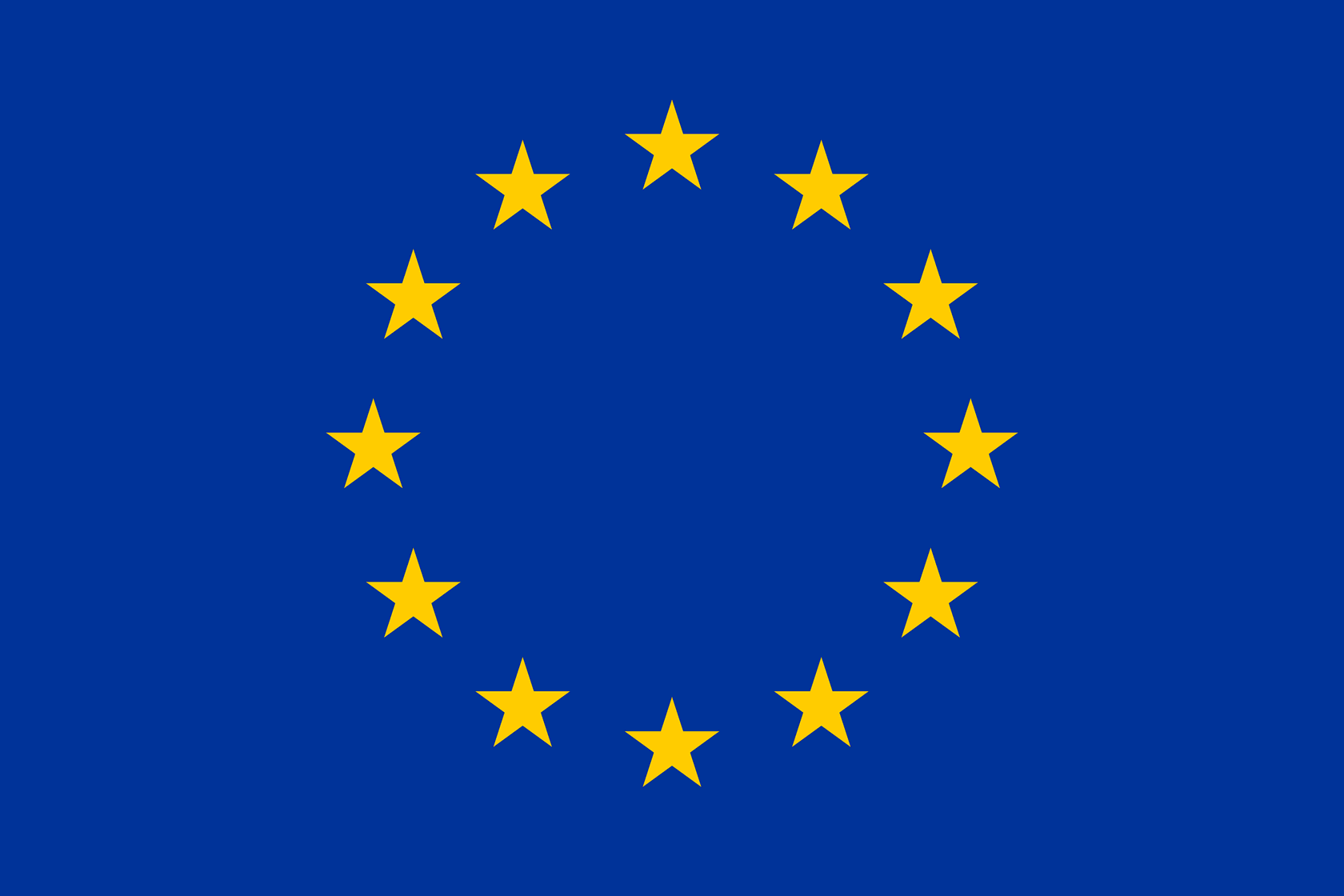Picking Fruit, Sowing Stories
Visit the exhibition website here.
During the annual blossom blessing festival in Sint-Truiden, Belgium we celebrate fruit horticulture in Haspengouw and its importance for history, nature, culture and community. Fruit horticulture and agriculture is now more globalized and industrialized than ever and connected to people and places from all over Europe. What roles do labour migration and seasonal work play in this story of horticultural heritage? How does this celebration and blessing take place in countries where many seasonal workers come from? And what new stories and rituals are created by decades of shared harvesting on the plantations in Haspengouw?
During the annual blossom blessing festival in Sint-Truiden, Belgium we celebrate fruit horticulture in Haspengouw and its importance for history, nature, culture and community. Fruit horticulture and agriculture is now more globalized and industrialized than ever and connected to people and places from all over Europe. What roles do labour migration and seasonal work play in this story of horticultural heritage? How does this celebration and blessing take place in countries where many seasonal workers come from? And what new stories and rituals are created by decades of shared harvesting on the plantations in Haspengouw?
In agricultural regions like Haspengouw in Belgium and Westland in the Netherlands, people from different countries have been coming together for decades to work in harvesting, pruning, sorting and packing. For people who come to work in Haspengouw and Westland, this seasonal work has different reasons and purposes. But the uncertainty of weather and marketprices, temporariness, language barriers, long working days and relative isolation on the plantations and in the greenhouses make it difficult to make a secure livelihood out of this work, whether this is in Belgium, the Netherlands or elsewhere in Europe. This exhibition focuses exactly on this coming together of people, customs, labour and agricultural products, precisely from the perspective of these (temporary) newcomers and oldcomers. Photos, stories, audio and objects of agricultural rituals elsewhere, and new agricultural rituals show the inseparable stories of European agriculture and migration.
Carolien Lubberhuizen (Utrecht University & KU Leuven) explored these complex social realities of agricultural migrant- and seasonal workers within the European researchproject ReROOT. Working, picking and harvesting in greenhouses and plantations, she looked at the ways in which these newcomers find their way after their arrival. She also visited towns and rural communities in Romania and Moldova that are undergoing changes due to migration and industrialization of agriculture. The exhibition is not only based on experiences from this year of fieldwork, but is also shaped by and with the people she encountered in these fields. Moreover, all visitors are invited to share their own stories, rituals, and reflections on the social and changing role of agricultural labor. By doing so, we can further shape the living agricultural heritage together, regardless of your background.



